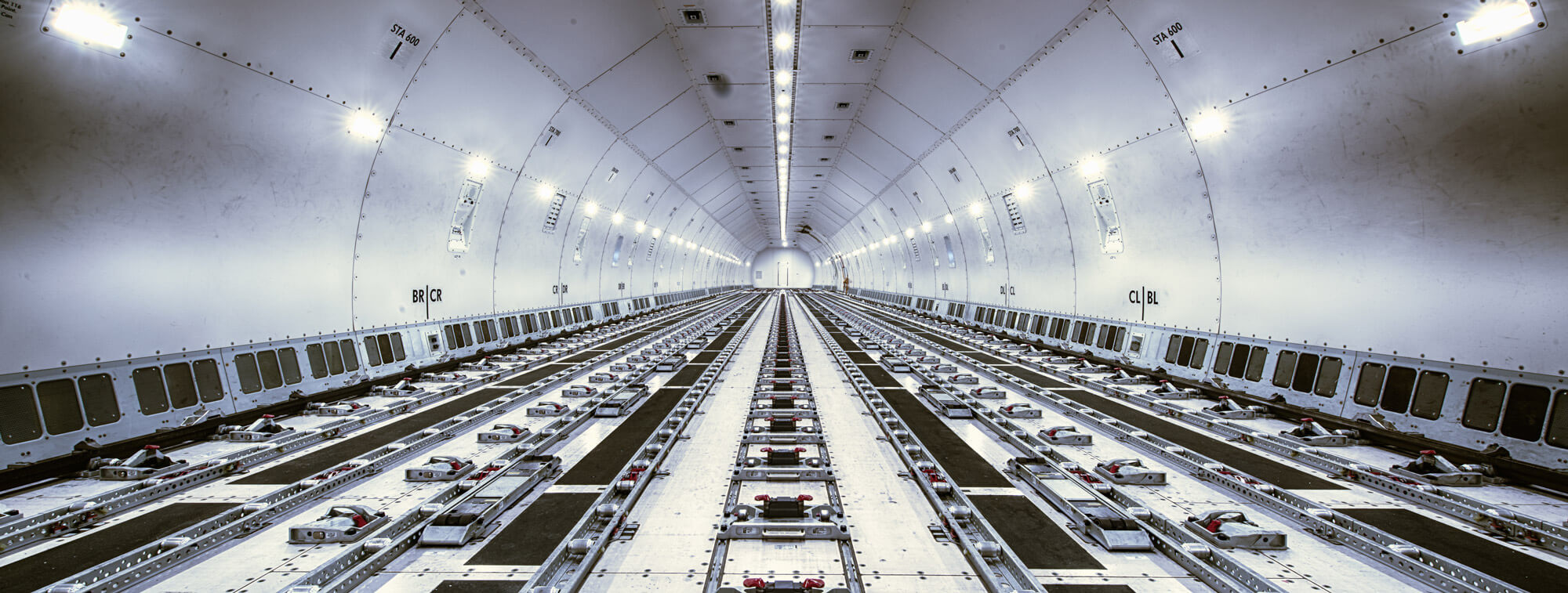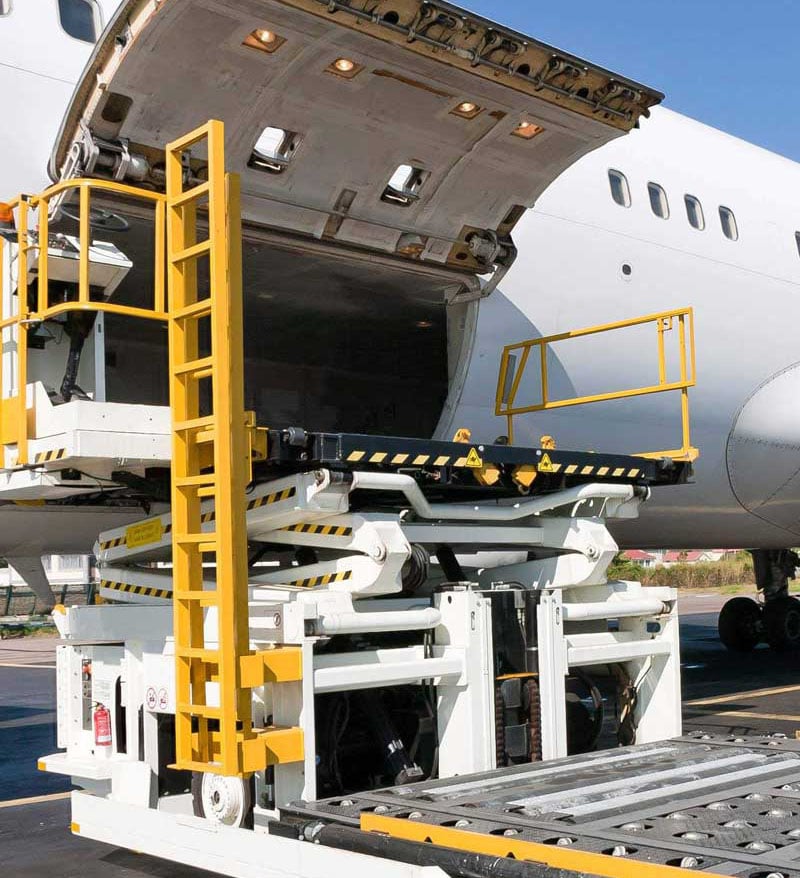In the logistics industry, where timing, reliability, and adaptability are critical, traditional shipping methods like scheduled air freight don’t always cut it. Imagine a shipment of life-saving medical supplies delayed by a layover or a priceless artifact stuck in transit alongside routine cargo.
For these situations, air charter shipping steps in as a premium solution—think of it as first-class travel for your freight. It’s a dedicated, direct, and tailored service that ensures your shipment takes center stage, bypassing the limitations of standard logistics options. But what does air charter shipping really entail, and when should it be part of your strategy? Whether you’re moving urgent goods across continents or delivering specialized cargo to remote locations, air charter offers a fast, flexible, and reliable alternative that can elevate your logistics game.
WHAT IS AIR CHARTER?
Air charter shipping is the process of renting an entire aircraft—often a charter airplane or jet aircraft—for the exclusive transport of your cargo. Unlike conventional air freight, which operates on fixed schedules and shares space with other shipments, air charter provides a private, non-stop journey customized to your specific needs.
Operated by charter airlines or air charter companies, these private air flights cater to a wide range of requirements, from same day air deliveries to transporting oversized or hazardous materials. Whether you need a small charter plane for a quick regional hop or a larger aircraft charter for international heavy-duty transport, the service is designed to prioritize your shipment above all else. It’s a solution that puts you in control of the flight plan, departure time, and destination.
TALK TO AN EXPEDITOR NOW
Get a Quote in Minutes for Your Time-Critical Freight Needs

A Brief History of Air Charter
The roots of air charter shipping stretch back to the early 20th century, following the Wright brothers’ pioneering flight in 1903. By the 1920s, as aviation technology progressed, small propeller-driven aircraft began to be used for urgent deliveries. These early charter flights transported mail, medical supplies, and spare parts, often to remote or inaccessible areas where traditional shipping methods like ships or trains were too slow or impractical.
Technological Advancements and Regulatory Shifts
The mid-20th century marked a turning point for air charter shipping with the introduction of jet technology in the 1950s. Jet engines revolutionized aviation by boosting speed, range, and payload capacity, enabling charter operators to deliver goods faster and over greater distances. This technological leap expanded the industry’s reach and efficiency, opening new markets. Meanwhile the deregulation of the airline industry, notably in the USA during the 1970s and 1980s, reduced restrictions on routes and pricing.
Market Evolution and the Modern Era
As globalization took hold in the late 20th and early 21st centuries, air charter shipping evolved into a critical logistics solution. Industries such as healthcare, automotive, aerospace, and luxury goods increasingly turned to charter flights for just-in-time deliveries, secure transport of high-value items, and access to smaller airports that bypassed congested commercial hubs. Today, the industry is highly sophisticated, leveraging real-time tracking and specialized handling for diverse cargo—from oversized machinery to temperature-sensitive pharmaceuticals.
Benefits of Air Charter Shipping
For companies that regularly require expedited freight solutions, partnering with a trusted air charter provider can be a game-changer. Such relationships often result in faster response times, competitive rates, and a deeper understanding of the client’s unique requirements.
Air charter services shine in scenarios where conventional air freight options fall short, such as during peak seasons or after natural disasters when commercial flights may be disrupted. By offering a direct transport solution, air charter shipping eliminates unnecessary detours, ensuring that critical air cargo—like emergency supplies or perishable goods—arrives on time. This reliability makes it an invaluable tool for industries where delays can have significant consequences.

Speed

Flexibility
Reliability

Key Industries That Use Air Charter Services
Healthcare and Pharmaceuticals

Automotive
Aerospace
Oil and Gas
Government and Military

Scenarios Where Air Charter Makes Sense
While air charter shipping delivers exceptional benefits, its higher cost compared to traditional air freight means it’s not a one-size-fits-all solution. It’s best reserved for situations where speed, security, or unique requirements justify the investment. Here are some key scenarios where air charter proves its worth:



